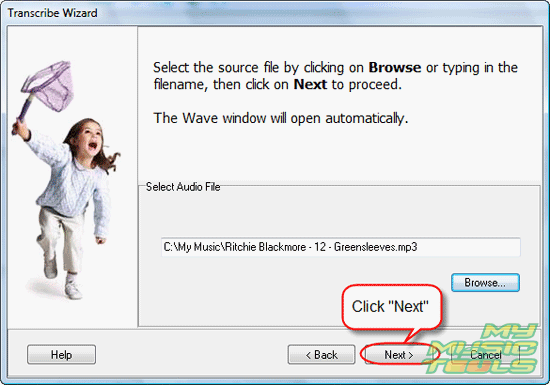

In other words, you deliver your audio bytes to the sound engine in chunks, and it takes care of playing each sample at the right time. In the case of audio output (playback), you also need to buffer data if the sound you want to play is too large to fit in memory all at once. You simply handle one buffer of audio data at a time, until the operation is halted. In the streaming model, particularly in the case of audio input rather than audio output, you do not necessarily know in advance how long the sound is and when it will finish arriving. Operations on the bytes commence before all the data has arrived. In other words, a stream of audio is simply a continuous set of audio bytes that arrive more or less at the same rate that they are to be handled (played, recorded, etc.). "Streaming" is used here in a general sense to refer to real-time handling of audio bytes it does not refer to the specific, well-known case of sending audio over the Internet in a certain format. The Java Sound API can handle audio transport in both a streaming, buffered fashion and an in-memory, unbuffered fashion. Third-party service providers can supply modules that "plug in" to an existing implementation to support additional file types and conversions. A particular implementation of the Java Sound API need not support an extensive set of file types or data format conversions. However, it does not attempt to be a comprehensive sound-file toolkit. To support this focus on basic audio input and output, the Java Sound API provides methods for converting between various audio data formats, and for reading and writing common types of sound files. The transport of sound into or out of the system has to be correctly handled when the user requests that the flow of sound be started, paused, resumed, or stopped. It can also involve mixing multiple streams of audio into one stream (whether for input or output). This task involves opening audio input and output devices and managing buffers that get filled with real-time sound data.
#AUDIODEVICE OUT MIDI CONVERT TO SOUND BUFFER HOW TO#
The central task that the Java Sound API addresses is how to move bytes of formatted audio data into and out of the system. package is fundamentally concerned with audio transport - in other words, the Java Sound API focuses on playback and capture.


 0 kommentar(er)
0 kommentar(er)
